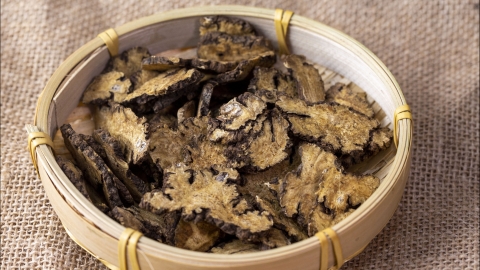Can Chuanxiong treat heel pain?
In general, whether Chuanxiong can treat heel pain depends on the specific cause. It may play an auxiliary role only in heel pain caused by blood stasis or rheumatic obstruction when combined with other herbs, but it is not effective for heel pain caused by other factors. The detailed analysis is as follows:

From the perspective of traditional Chinese medicine (TCM), heel pain may commonly arise from various causes, such as blood stasis, rheumatic invasion, or deficiency of the liver and kidneys. Chuanxiong is warm in nature and pungent in taste, with core functions of promoting blood circulation, regulating qi, expelling wind, and relieving pain. If heel pain is caused by blood stasis or rheumatic invasion—for example, heel strain and stasis caused by prolonged standing or walking, or pain triggered by invasion of wind-cold-damp pathogenic factors—Chuanxiong can help alleviate discomfort by promoting blood circulation to unblock meridians and expelling wind to dispel cold. It is often required to be used in combination with other herbs.
However, if heel pain is due to deficiency of the liver and kidneys, presenting as dull pain in the heel that worsens after exertion, Chuanxiong's effects are not suitable, as it cannot nourish the liver and kidneys or strengthen tendons and bones, and thus will not effectively relieve the pain when used alone.
In daily life, heel pain can initially be relieved by reducing foot strain and soaking feet in warm water. If the pain persists, it is important to identify the underlying cause and choose appropriate management or treatment according to the specific type. Blind use of herbs should be avoided to prevent interference with recovery.




